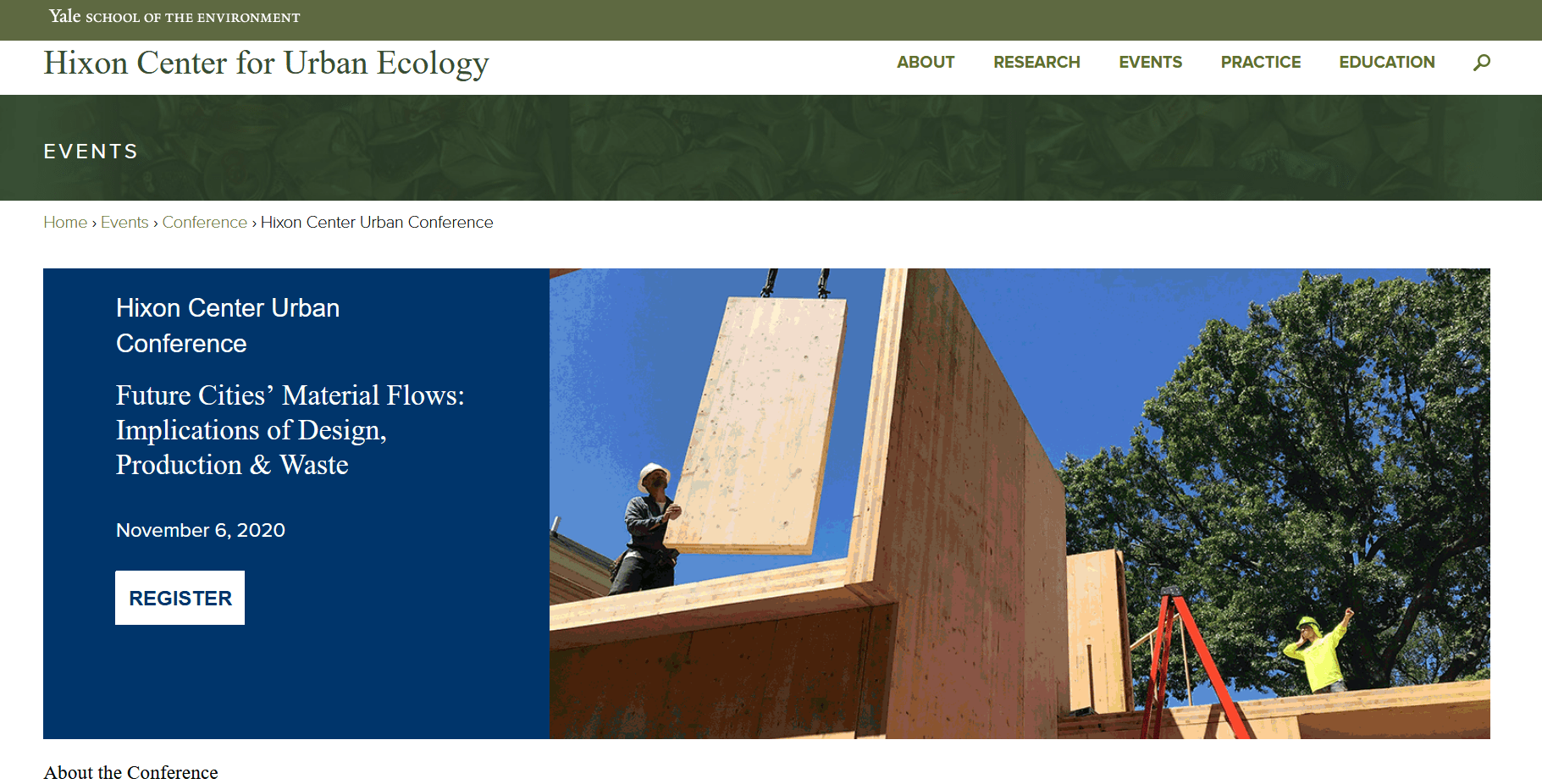
This webinar may be of interest. It seems like some academics are saying we shouldn’t cut trees for carbon reasons, while others are saying we should cut them and use them instead of other products, and that will be better for reducing carbon in the atmosphere. As we’ve discussed here a number of times. Mass timber also has the possibility of changing the conversation as it can use smaller diameter material. If that could become commercially feasible in dry western forests, the conversation could change around “fuel treatments would be OK if the FS didn’t take big trees, but the FS is tempted to take out too many big trees to make a sale commercially feasible.”
In the description it says that “the majority of future population growth will occur in cities.” I don’t think that we know that.. in our area, people are moving from other states to get more open space due to Covid. Changes like working at home, buying online and so on may make cities less attractive. I guess at this point in time it’s hard to tell if Covid is a blip on the screen of trends, or somehow a reset button for how we live and work. If anyone is available to watch this and write a summary, please send to me. Here’s a link to registration
This virtual conference is co-convened by the Hixon Center for Urban Ecology, Yale School of Architecture, Yale School of the Environment, and the Center for Industrial Ecology and will focus on the potential of mass timber as a primary building material in cities. There is growing evidence that replacing traditional urban building materials such as steel and concrete with mass timber has multiple benefits, ranging from reduced environmental impacts to structural resilience and cost savings. In fact, using mass timber at scale in urban areas offers the chance for much needed short term carbon emission reductions in the building sector; the majority of future population growth will occur in urban areas, and most of the buildings to host this growing population still need to be built. A transition from mineral to biogenic building materials then offers a double carbon benefit, the upstream carbon savings in material production and the long-term carbon storage over a building’s lifetime. This half-day conference will explain the potential of mass timber and how it differs from other construction (session 1) before it explores the environmental implications of substituting building materials (session 2).At 1:30 ET they’ll have this session, which looks particularly interesting.
Session 2: The implications of material selection in building design on the carbon budget This session presents the carbon benefits of biogenic building materials in urban areas compared to current steel and concrete applications, discusses to what extent existing forests could meet a potentially sharp increase in timber demand, and the importance of sustainable end-of-life management options for mass timber applications, namely component reuse and recycling. As an alternative path towards low-carbon buildings it will also discuss the potential of novel low-carbon technologies for steel and concrete to become less carbon-intensive materials.